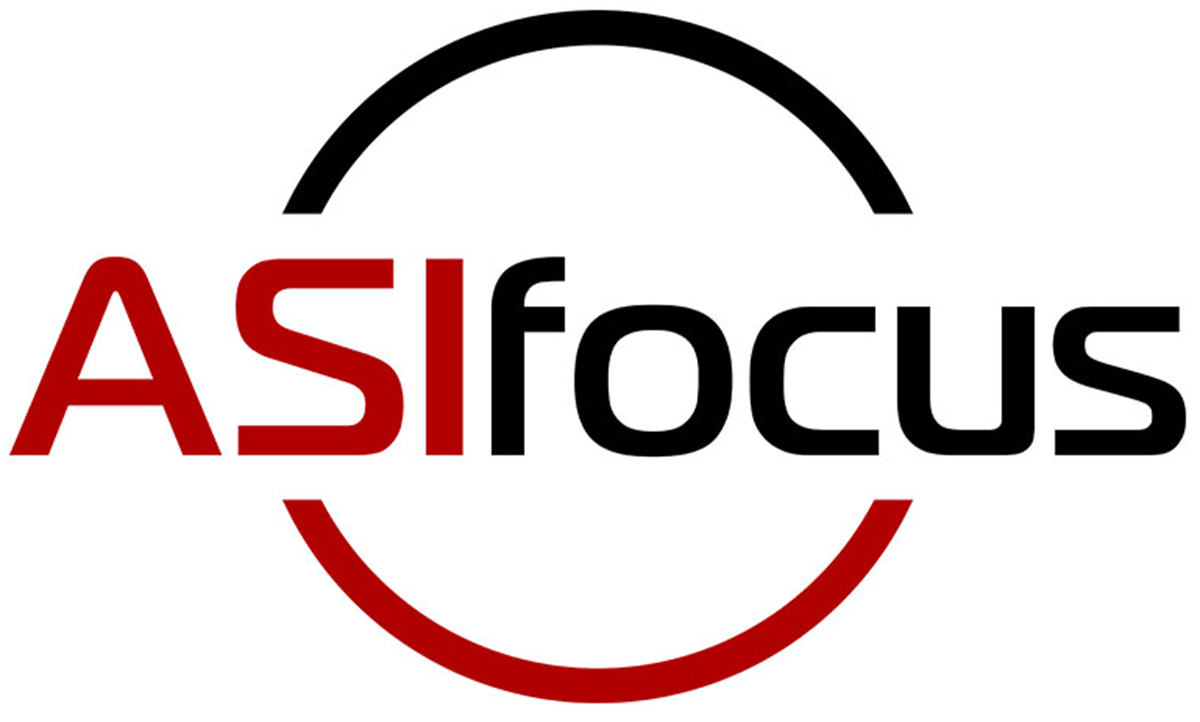ERPs have been around for quite some time, albeit in different formats than what we see today. Early attempts with calculating machines in the 1940s gave rise to best practices that eventually worked their way into software solutions in the 1970s. The term ERP as we know it rose to popularity in the 1990s.
Since then, solutions have become more affordable, more accessible, and considerably more robust, with additional features that include cloud hosting and mobile access. Now, ERP software solutions enable companies to efficiently manage accounting, financial, and operational data. They also generate reports quickly, share data across departments, and provide ready access to critical information.
More enhancements will undoubtedly come to ERPs in this new decade. Here are a few top trends to look for as you consider whether or not this is the year to add an ERP software solution to your business software suite.
Top ERP Software Trends for the New Decade
Although no one can completely predict the future, what is certain is that ERP continues to incorporate the best trends from the IT world into its design and functionality. Features such as voice recognition, natural language processing, machine learning, and many others that debuted in search engines, home management products, and more are also becoming features in ERP systems.
But there’s more in store for 2020 and beyond.
Trend #1: Agile ERP
What is Agile? Agile refers to project management or a software development term that uses constant feedback to improve the next iteration of a project. Unlike traditional waterfall methods, which wait until the prior stage is finished before moving on to the next, the components of an Agile project can co-occur. Feedback goes into each phase of the project to ensure that no one waits until the end to find out they’ve created a problematic product.
Throughout the tech industry, Agile has become the new gold standard, and it’s making inroads into other environments such as marketing agencies and product development companies. It’s also making great strides into ERP. Agile ERP appears to be gaining steam as ERP heads into the next decade.
Trend #2: Customer-Centric ERP
Along with Agile, customer-centric ERP is also growing in popularity. Customer-centric ERP focuses on the end customer’s needs rather than supply packages the ERP maker deems essential. Currently, most ERP software makers create packages or editions that incorporate key features like accounting, finance, human resources, CRM, and other valuable business services. A customer-centric approach to ERP instead takes into account precisely what the end customer might need and bundles together packages in such a way that a flexible model becomes the norm.
This wasn’t traditionally possible due to the way software was made, sold, and distributed, but cloud software changed this model. Cloud-based systems offer more flexibility in delivery and use than older systems. Companies are likely to experiment with a flexible, customer-centric model, especially as pressures build to provide more software to smaller businesses, who often need specific features from various packages but cannot afford to buy everything the packages offer.
Trend #3: Improved Functionality
Dovetailing the concept of customer-centric ERP is the push for improved functionality. It’s no longer acceptable to create and sell ERP software that’s difficult to use or doesn’t provide all the functions that end-users need. In the past, companies may have accepted less than stellar functionality for a lower price point, but no more. More software entering the market has forced ERP software solutions to offer better functionality at competitive prices.
Trend #4: ERP Transforming Infrastructures
It’s subtle but powerful: ERP systems have the potential to change a company’s infrastructure. First, ERP systems often eliminate work that was done by multiple people. For example, a data entry clerk may no longer need to type copious amounts of data into spreadsheets to prepare reports because those reports now run automatically from the ERP system. Data silos—which kept rigid yet invisible barriers between departments—are wiped away by the easy access to data from an ERP system. Because workers no longer have to rely solely on the data within their department, they can collaborate teams across the company, thus changing the infrastructure by blurring the lines between departments.
It’s a gradual transformation that starts when an ERP solution provides people with what we call “aha moments.” These are collaborative, creative moments that occur with the easy availability of data. Suddenly, marketing and operations see opportunities for collaboration; production looks at financial data and grasps the importance of tighter supply chain management. ERP transforms the infrastructure gradually, naturally, and logically through easier data access.
Trend #5: Augmented Human-AI Interactions
Many reading this already have AI-based devices or “smart devices” in their homes, such as Alexa, Siri, and other ubiquitous voice-activated devices. Such devices are getting better at understanding the nuances of human speech, thanks to projects like Google’s BERT, which provides breakthrough open-source natural language processing technology to other companies to better the entire industry.
ERP makers are looking at other industries and adding such features to their products, too. There will come a day when the accounting department can simply tell their ERP system, “Bring up the Jones invoice,” and the invoice appears on the screen.
Machine learning, in which systems grow smarter after multiple queries, is already part of most software, and these augmented human-AI interactions will only get better as time goes by. How this eventually shapes the ERP industry, no one is quite certain, but what is certain is that ERP will get better, faster, and more intuitive to its users.
Trend #6: Improved Business Intelligence
Data isn’t much use if it can’t be interpreted and used. Business intelligence bridges the gap between simple reports and exporting and manipulating data in spreadsheets by providing an easy way to run data visualizations and interpret information. The marriage of ERP and BI offers the best option for companies that rely heavily on data for planning and forecasting, and new and improved analytics are on the horizon. Although many companies currently provide BI packages separately from ERP, these may eventually be sold together, with enhanced packages provided independently. More companies demand business intelligence as part of their operations to use data to drive decision making.
Along with the demand for BI is the need for training to help people use and interpret the data and analytics in business intelligence reports. Charts, graphs, and other visualizations can be confusing if you aren’t used to explaining them. Selecting the best one to represent the data under discussion can be difficult without training in data and analytics. Enhanced training may include both how to use the software and how to interpret the results.
Trend #7: Improved User Interfaces
Many ERP systems offer intuitive user interfaces, but the more the interface can be customized to the user and their role, the better. Personalized dashboards and user interfaces save a lot of time and hassle by making sure frequently used items are easy to access. Accounting may not use the CRM often, and marketing may never need to check accounts receivable, so giving them identical dashboards doesn’t make sense.
User interfaces also deal with navigation, presentation on the screen, and how people move through the system itself. Smart ERP makers are looking at how people use their software in offices and on the factory floor to see what they access and how they want to navigate through the system. From there, they build better user interfaces which provide the enhanced navigation, more accessible access, and additional features that users demand.
Tailoring Training Needs
While not necessarily an ERP prediction, there’s one area of ERP implementation that’s also changing: training. Currently, most training is conducted in groups with extensive training completed during implementation and follow up afterward as needed.
In the future, we may see more pre-recorded, on-demand training replacing the more prevalent large-scale training. Few people need complete in-depth, in-person training that often occurs during implementation. Most users just want to know how to do their job with the new software and how to find what they need. Specialized training can be recorded and shared to help each department learn the aspects of the new ERP system they need and use the most, rather than one immersive training for all.
Find Your ERP Trend With ASI
No matter when these upcoming trends become mainstream for ERP solutions, there’s still opportunity to tailor an ERP to exactly what your business needs. With Accounting Systems, Inc., you can be confident that the uniqueness of your business will be perfectly matched to a software solution that will take you to the next level of success. Our experts can help you determine whether you need an on-premises or cloud-based solution, as well as the right add-ons for your specifications. We can even create custom solutions, integrations, or one-time modifications that will seamlessly extend the functionality of ERPs such as Acumatica or Sage.
Find the right ERP for your business now and in the future. Contact us for more information.

